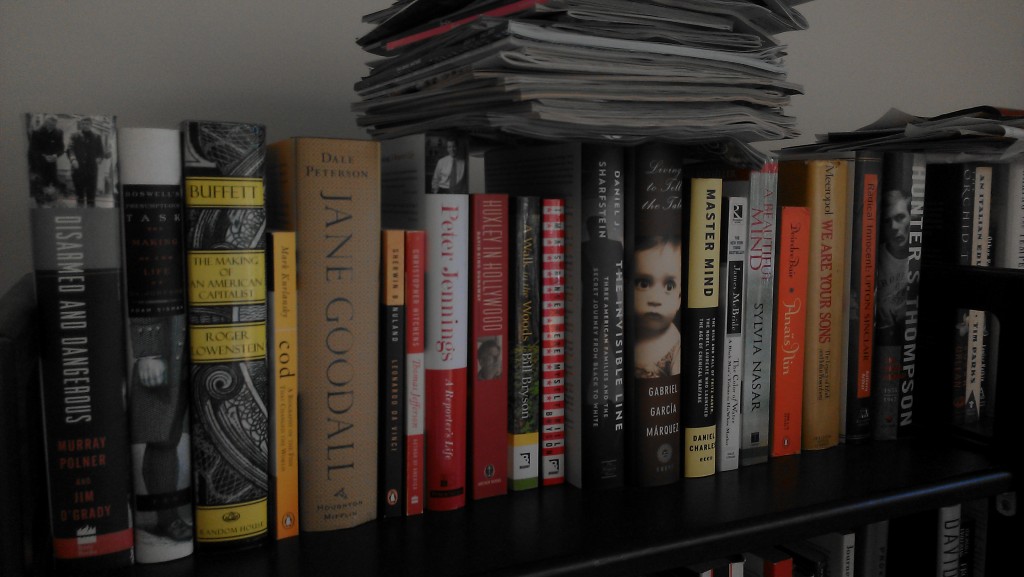
Why is it so difficult to correct the scientific record in sports science? In the first installment in this series of guest posts, Matthew Tenan, a data scientist with a PhD in neuroscience, began the story of how he and some colleagues came to scrutinize a paper. In this post, he explains what happened next.
The journal Sports Medicine is widely considered one of the top journals – if not the top journal – in the fields of sport science, exercise science and physical education. This journal is managed by two professional editors who do not hold PhDs in the journal’s subject area but are generally versed in the topic and have the goal of managing a successful journal for SpringerNature.
The manuscript by Dankel and Loenneke was reviewed by three reviewers. I know this because I was one of the reviewers and, as noted in the first post in this series, I strongly advised against its publication. Greg Atkinson, a practicing scientist in the area of health sciences, has publicly stated, in a private Facebook group, that he was one of the reviewers who recommended the paper be published. Both myself, Atkinson, and the senior author on the manuscript, Loenneke, sit on the editorial board of the journal Sports Medicine. And while the paper published in the journal by Dankel and Loenneke proposes a novel statistical method, neither of the two authors on the manuscript, myself, nor Atkinson, have PhDs in statistics. The published paper does not cite a single statistics journal in the course of reporting their “novel method.”
What could go wrong, right?
Continue reading ‘A flawed decision:’ What happened when sports scientists tried to correct the scientific record, part 2






